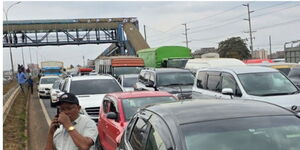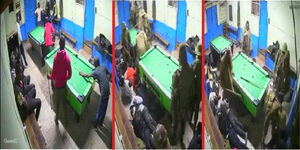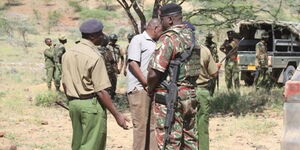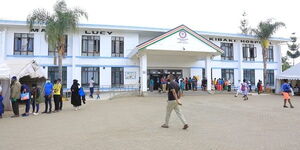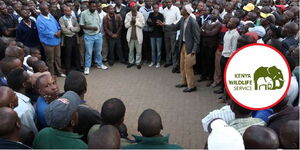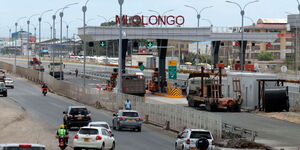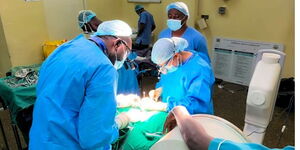Kenya Railway (KR) has recently increased its rail operations with modern lines, new trains, and revamping of the old routes.
The popularity of rail transport is largely due to its perceived safety as compared to road transport which is notorious for frequent accidents. However, an incident in 1993 painted a gloomy picture of the country's preferred long-distance travel means at the time.
The crash which is the worst in Kenya's history left 140 people dead and hundreds more injured when a locomotive encountered a broken rail bridge before plunging into a flood-swollen river.
According to multiple reports at the time, the incident occurred at Ngai Ndethya River near Mtito Andei on the Mombasa-Nairobi rail line.
A majority of the fatalities were in the first and second coaches as the passengers in the third-class coaches were saved following quick thinking by the train conductor.
The then Kenya Railways Chairman Jeremiah Musuva told reporters that the conductor pulled an emergency cord to release third-class coaches from the rest of the train which plunged into the river.
The injured were transported to nearby medical facilities while rescue and retrieval operations took two days.
Authorities attributed the unaccounted survivors to having abandoned the crash scene after the accident.
Years later in 1999, tragedy struck on the Mombasa line when another train derailed, killing 32 people and leaving hundreds of others seriously injured.
Months later in 2000, a train with wagons that were transporting explosives and petroleum gas lost control and crashed at the Athi River Railway station near Nairobi.
A huge inferno engulfed homes, killing 24 people - including seven members of the same family. The massive fire engulfed Kenya Railways staff houses at the station. The fire razed some 25 houses.
Here is a video of the crash:
{"preview_thumbnail":"/files/styles/video_embed_wysiwyg_preview/public/video_thumbnails/g0Cqc7dIIf8.jpg?itok=-MVSBYqA","video_url":"","settings":{"responsive":1,"width":"854","height":"480","autoplay":0},"settings_summary":["Embedded Video (Responsive)."]}
With the tragedies, the industry has seen improved security features to prevent crashes. Kenya Railways in 2020, unveiled Diesel Multiple Units (DMUs) trains serving Nairobi commuters which have more advanced specs compared to the older trains including electrical breaking switch and circuit breakers.
The braking system also includes hydro-dynamic braking which acts fast and gives a smooth braking experience. The driver's compartments also have a monitor screen which allows the trained operators to control the train and commute on the track.
The screen also enables the operators to communicate with the controllers at the stations as well as an exclusive radio connection.

